Category: Plants & Animals
-
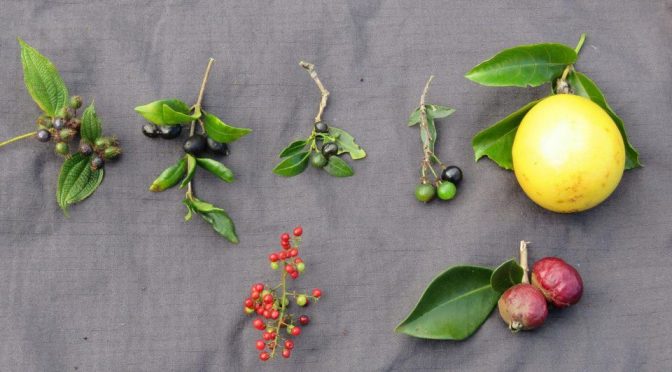
Good News For Plants: Introduced Bird Species Can Do The Job Of Extinct Native Birds
“Oahu in particular is the extreme example of the loss and gain of species; all native dispersers have gone extinct and all that is left to disperse these endemic and threatened plants are a suite of introduced dispersers,” (Click on title for full story.)
-

You Want A Bee-Friendly Landscape: Here Are Scientifically Researched Suggestions
Public awareness of declining bee populations has increased interest in growing “bee-friendly” plants. Various groups have published bee-friendly plant lists, but these lists often lack experimental data and rarely emphasize flowering trees and shrubs—major components of urban landscapes. This webcast presents research detailing the flowering trees and shrubs that attract diverse bee visitors and provides…
-
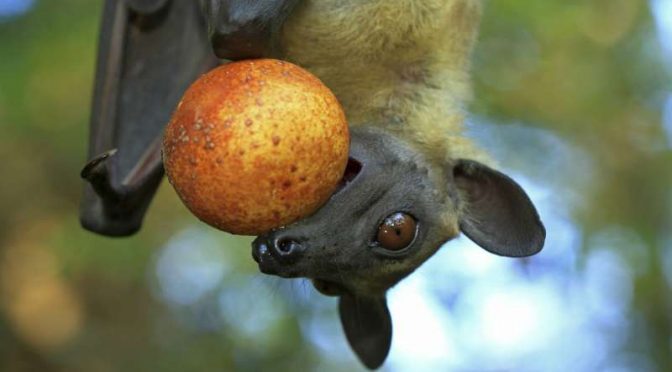
The Bats That Could Save African Forests. If Someone Would Only Save The Bats
With the aid of the data on flight movements and seed excretion periods, the researchers were able to calculate the potential of an entire colony to disseminate seeds over long distances and to transport them to deforested areas. By this means, they discovered that a colony of 150,000 straw-coloured fruit bats can disseminate more than…
-
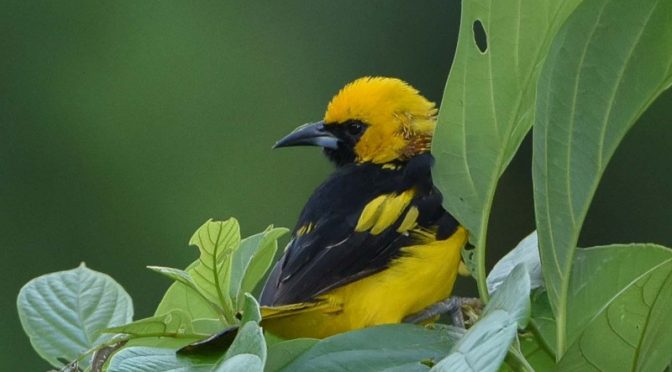
Is Your Shade-Grown Coffee Also Bird Friendly? Probably Not.
“The public reads shade-coffee and thinks it’s automatically bird friendly. That’s not necessarily the case,” (Click on title for full story.)
-
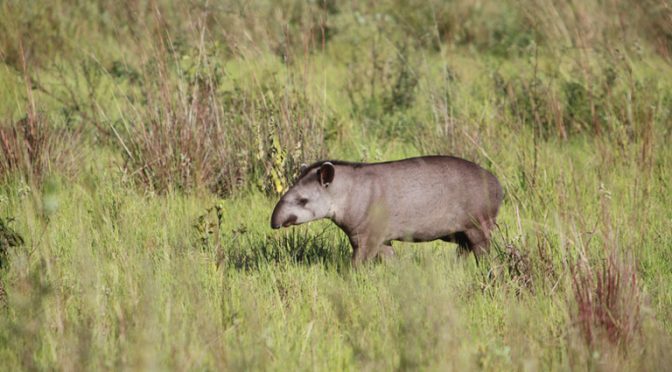
Protect Tapirs To Help Regenerate Degraded Tropical Forests
The role that tapirs play in seeding degraded forests is another good reason for conserving this last representative of the megafauna of South America,” (Click on title for full story.)
-
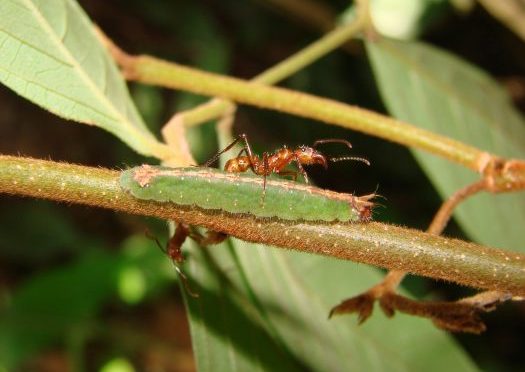
Tropical Forest Plant Diversity Is Driven By The Bugs
The study reveals the significant role of herbivores in driving diversity in tropical ecosystems, with stark implications—the loss of those populations could have catastrophic consequence on these important habitats. “If climate change continues to increase the length of the dry season in the Americas, then the dynamics of the herbivore populations will change as well,”…
-
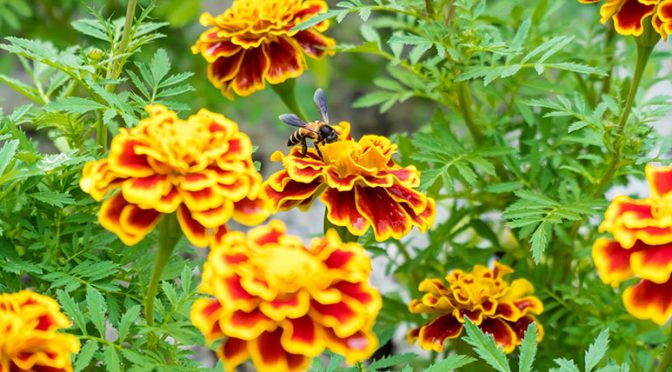
Sometimes Old Wives Tales Are True: Researchers Unlock Marigolds’ Protective Shield For Tomato Pests
All it takes to deter the whiteflies is interspersing marigolds in tomato plots, or hang little pots of limonene in among the tomato plants so that the smell can disperse out into the tomato foliage. (Click on title for full story.)
-
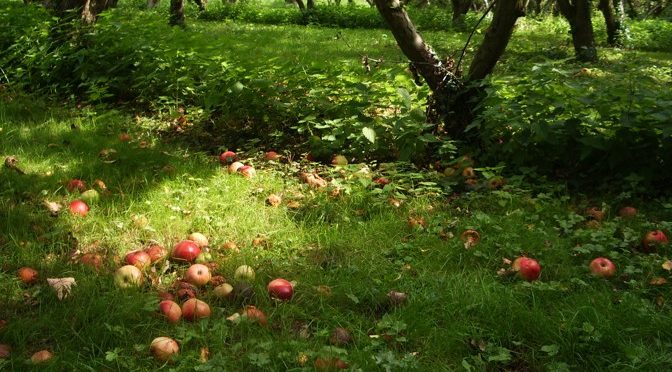
How An Apple Tree Revealed A Horrifying Nematode Dissolving Bacterium
What she saw, though, was a massacre. Dead nematodes’ bodies were strewn everywhere. What’s more, bacteria inside the worms seemed to be eating their hosts inside out. Over the course of several days, she saw the worms’ corpses disappear, literally dissolving before her eyes. (Click on title for full story.)
-
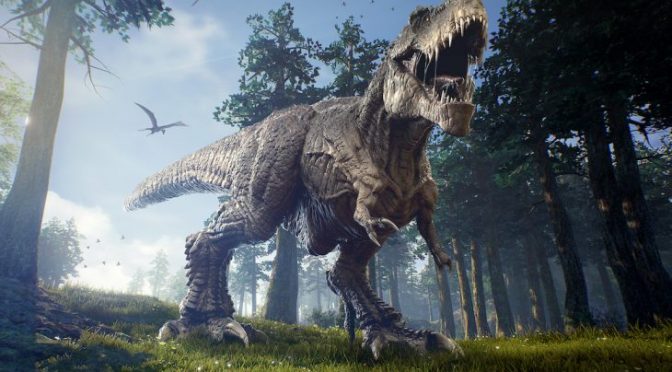
The Accidental Gardener: Tyrannosaurus rex
The model enabled the researchers to predict how long seeds may have remained inside of a T. rex. The study revealed that seeds would likely have persisted for five to seven days before passing through the digestive system. (Click on title for full story.)
-
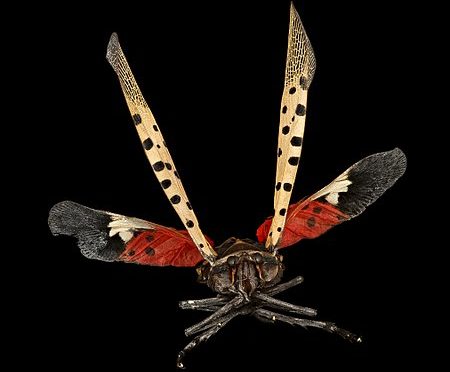
How A New Invasive Insect Depends On An Old Invasive Tree For Protection
According to this recent study, when spotted lanternflies suck juice from the specific tree species that they like, the tree of heaven (Ailanthus altissima), the bitter juice (the main of the chemicals is called “ailanthone”) from the tree comes into their body. This makes them distasteful: birds do not like them and may vomit after…
